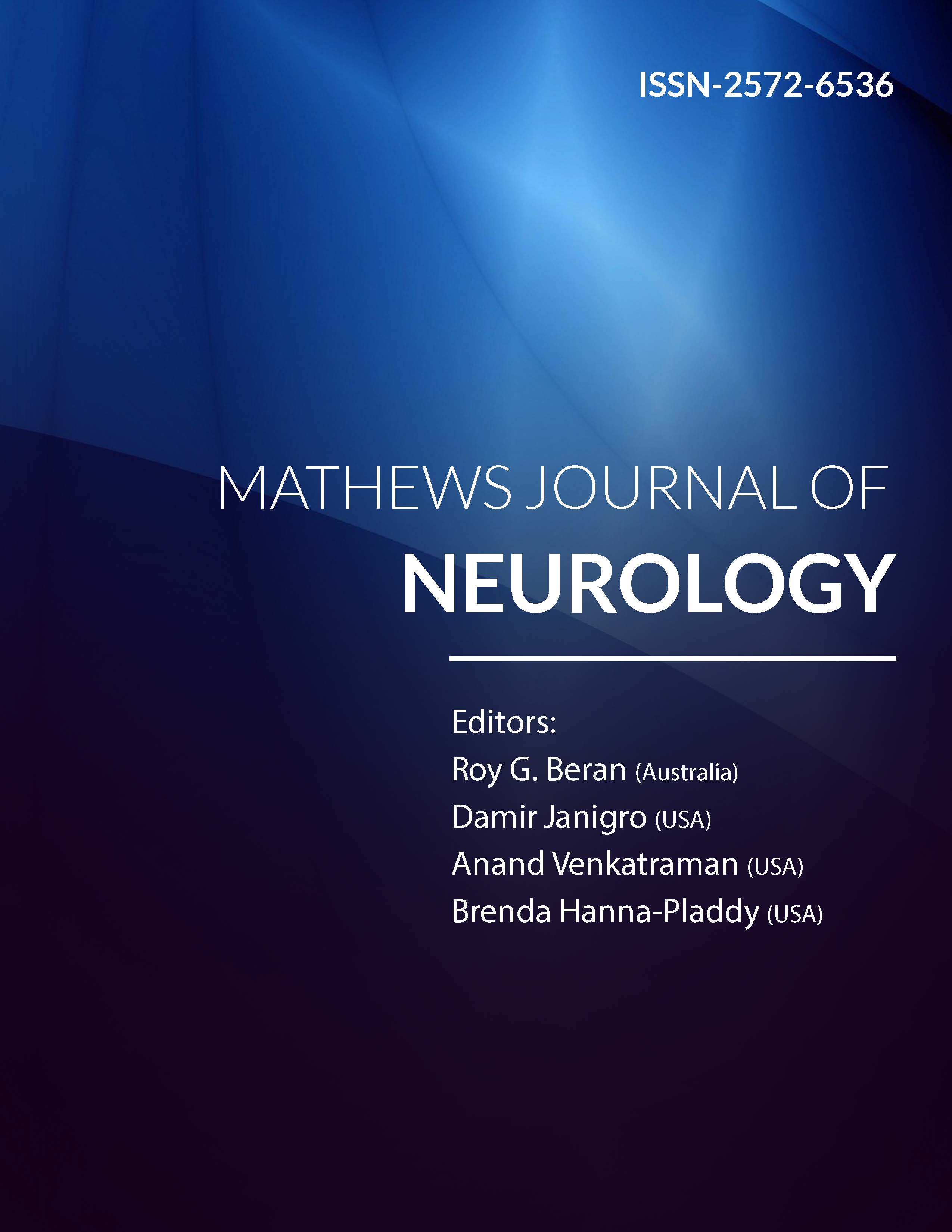
Information Links
Previous Issues Volume 1, Issue 1 - 2016
Pulsatile but not Tonic Secretion of Oxytocin Plays the Role of Anti-Precancerous Lesions of the Mammary Glands in Rat Dams Separated from the Pups during Lactation
Xiaoyu Liu1, Shuwei Jia1, Ying Zhang1, Yu-Feng Wang1
1Department of Physiology, School of Basic Medical Sciences, Harbin Medical University, Harbin, China.
Corresponding Author: Yu-Feng Wang, Department of Physiology, School of Basic Medical Sciences, Harbin Medical University, 157 Baojian Rd, Nangang Dist, Harbin, Heilongjiang 150086, China, Tel: +86-451-86674538; E-Mail: [email protected]
Received Date: 01 Feb 2016
Accepted Date: 23 Feb 2016
Published Date: 14 Mar 2016
Copyright © 2016 Yu-Feng Wang
Citation: Xiaoyu Liu, Shuwei Jia, Ying Zhang and Yu- Feng Wang. (2016). Pulsatile but not Tonic Secretion of Oxytocin Plays the Role of Anti-Precancerous Lesions of the Mammary Glands in Rat Dams Separated from the Pups during Lactation. Mathews J Neurol. 1(1): 002.
ABSTRACT
Lactation interruption can increase maternal stress and breast tumorigenesis; disorders in hypothalamic oxytocin(OXT)- secreting system and lactation failure could account for these effects. The question is whether abnormal activity of the OXT -secreting system is causally related to precancerous lesions of maternal mammary glands that could underlie breast tumorigenesis. To answer this question, we observed effects of lactation interruption on maternal behaviors, milk availability, OXT neuronal excitability and the histological features of mammary glands of lactating rats that were intermittently separated from the pups. Separation of lactating dams from pups for four days with four hour consecutive contacts per day caused losses of maternal interests in the offspring and lactation failure. The separation also caused early involution of the mammary glands. By simulating OXT release during suckling in isolated rat mammary glands, we determined that the pulsatile pattern of OXT release was the most effective way to suppress hydroxide peroxide-induced expressions of phosphorylated extracellular signal-regulated protein kinase 1/2 and cyclooxygenase 2, two proliferative biomarkers. Dam-pup separation also disrupted the electrical activity of OXT neurons in the supraoptic nucleus and their responses to excitatory stimuli in brain slices. These findings indicate that lactation failure results from lack of pulsatile OXT release during suckling, which is causally related to a series of maternal mental disorders and precancerous lesions of the mammary glands.
KEYWORDS
Lactation; Mammary Glands; Oxytocin; Postpartum Depression; Supraoptic Nucleus.